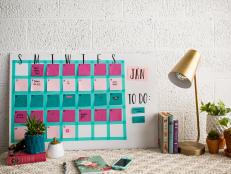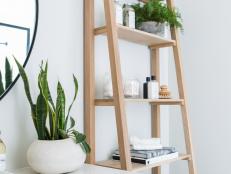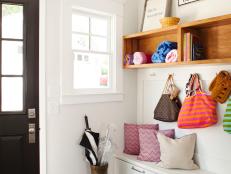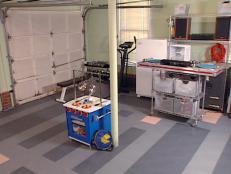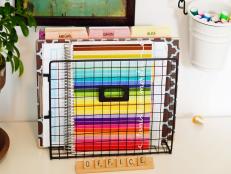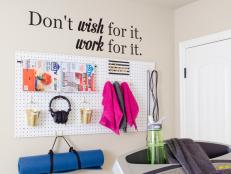5 Quick Tips for Home Office Organization
Is your home office sharing space with the family or living room? Professional organizer Vicki Norris gives tips to help you organize your home office no matter what room it's in.
Invest in Adequate Furniture
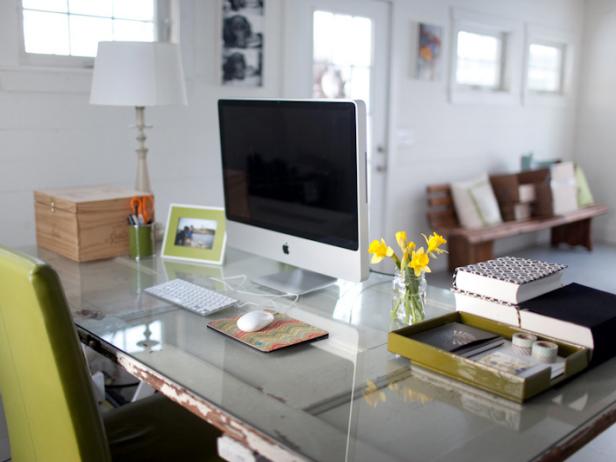
Home offices need a clear work area, and that means providing adequate space for computer hardware and peripheral equipment, a spot for reference materials, file space and a location for frequently referenced supplies and paper. Make sure your office furniture provides ample space for work and storage.
Establish Activity Centers
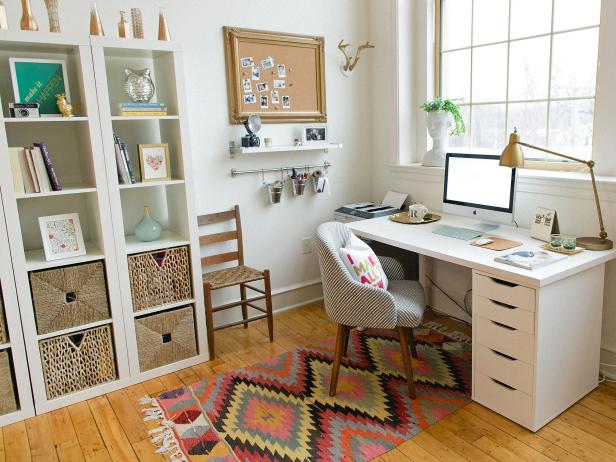
Style Me Pretty; photo by: Ruth Eileen Photography
The efficient office should be zoned into three activity areas:
- The Work Center, which includes a clear workspace, the computer and frequently-used office products.
- The Reference Center, which includes binders, manuals, dictionary and professional books and materials.
- The Supply Center, which contains office and paper supplies.
Clever Uses for Everyday Items in the Home Office
See All PhotosProperly Place Hardware and Peripherals
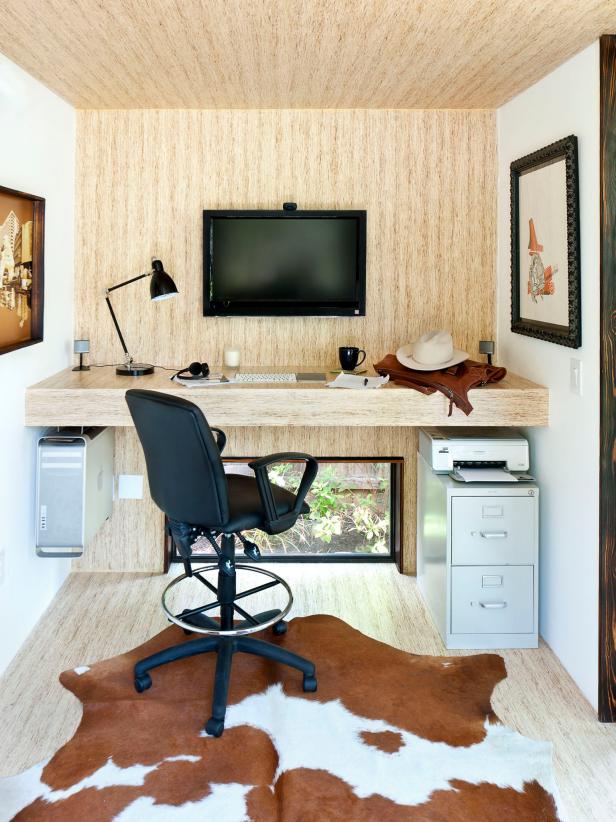
Sett Studio / Blake Gordan
Position your equipment by frequency of use. If the printer is used daily, it should be within easy reach. If the CPU is only accessed for troubleshooting, it can be placed under or next to the desk. If a scanner is rarely used, it can be placed outside the work area.
When setting up hardware, be conscious of access to drives, trays and cords. Don't block access to drawers or take up leg room with tangled cords.
Conceal Cables and Wires
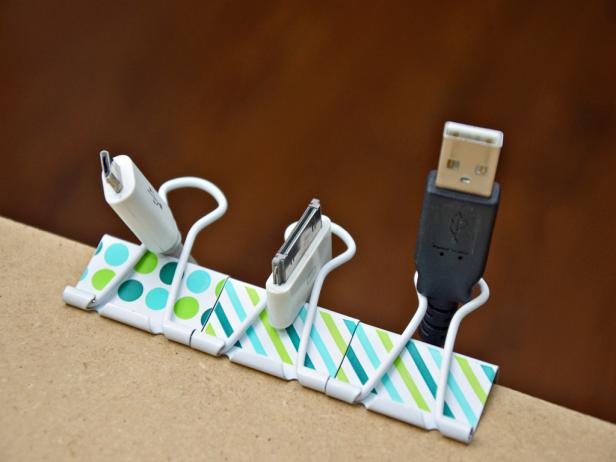
Professional organizer Tom Nevermann, The Moving Doctor, shares seven tips for containing unruly wires and caring for media and computer equipment.
- Fold mailing labels back on themselves around each cord and label the wire. Don't forget to label the cords that connect different components to each other, as well as the cord to the electric supply.
- Bundle like wires together to cut down on cord clutter. For example, keep computer speaker wires with stereo speaker wires.
- Use a surge protector for all delicate electronic equipment. Check the back to make sure it's UL listed and is a transient voltage surge protector. High-end protectors are built with replaceable fuses and will last longer than less-expensive models that might not work after a large surge.
- Used fabric softener sheets are the perfect lint and static-free rags for cleaning CDs and DVDs. Handle CDs by the rim to cut down on fingerprints. The backside of the CD carries the information and is the side that needs cleaning. Use the dryer sheet and stroke out to the edge from the center of the CD, instead of a circular motion.
- Stacking equipment makes the most efficient use of space in a media center or office space. Be careful not to stack any equipment with venting on the top (such as amps or satellite receivers) because they might get too warm. Use chair-leg protectors (small plastic cups) as spacers between these pieces of equipment when stacking.
- To clean a TV screen, use a lint-free cloth such as an old T-shirt. Spray the cloth with water (instead of spritzing the set itself) and wipe clean. Never use an abrasive substance on the screen. Never use window cleaner to clean a computer screen; stick to a lint-free cloth and consult with your monitor's manual for the proper way to clean it.
Establish a Paper Processing Area
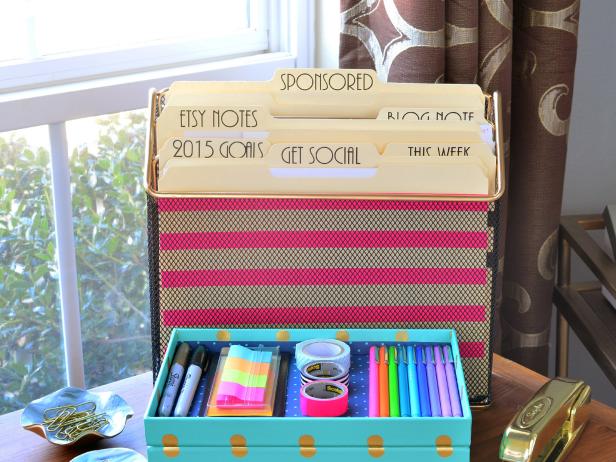
Melissa George, Polished Habitat
Separate paper clutter into three distinct areas:
- Create an area within your Work Center for papers that need immediate action.
- Store paper associated with clients or ongoing projects in an area that is easily accessible and within your view.
- Establish a permanent filing system for papers you will reference, but not on a regular basis.

.-Battle-on-the-Beach-courtesy-of-HGTV.-.jpg.rend.hgtvcom.196.196.suffix/1714761529029.jpeg)






